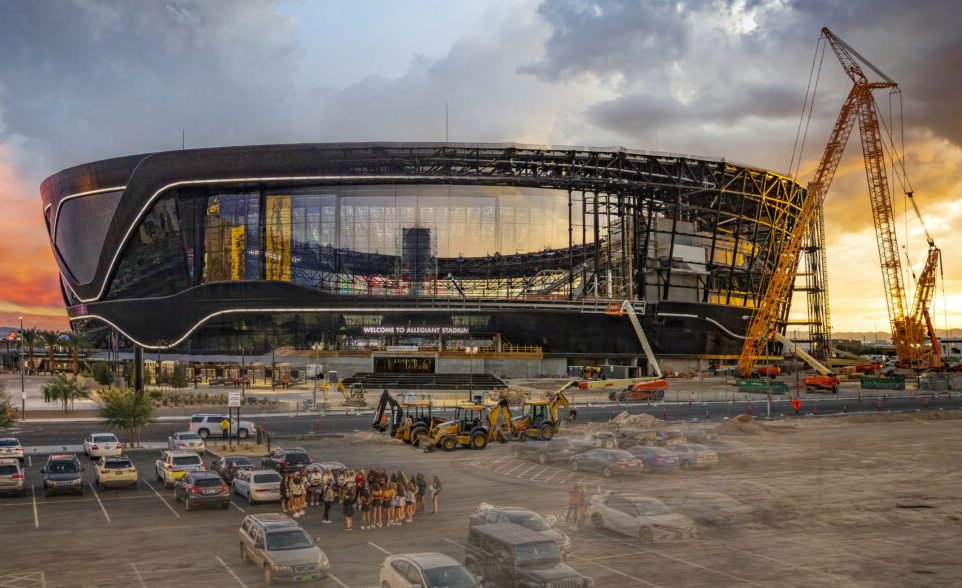In the realm of construction, numerous terminologies and abbreviations are used to describe various processes, materials, and industry standards. One such abbreviation frequently encountered is PCI, which stands for Precast/Prestressed Concrete Institute. We will delve into the meaning and significance of PCI in the construction industry, exploring its role, benefits, and applications.
What is PCI?
PCI, or the Precast/Prestressed Concrete Institute, is a renowned organization dedicated to the advancement, research, and promotion of precast and prestressed concrete construction. Since its establishment in 1954, PCI has been instrumental in shaping the construction industry by offering invaluable resources, educational opportunities, and certification programs.
Role of PCI in Construction:
The Precast/Prestressed Concrete Institute plays a vital role in various aspects of the construction industry. Here are some key contributions:
Standards and Guidelines: PCI develops and maintains comprehensive industry standards, guidelines, and best practices for the design, production, and installation of precast and prestressed concrete elements. These standards ensure quality, safety, and performance consistency across projects.
Research and Development: PCI invests in research and development initiatives to advance precast and prestressed concrete technologies. This includes exploring innovative materials, manufacturing techniques, and structural design methodologies to enhance efficiency and durability.
Education and Training: PCI’s offerings include educational programs, seminars, and workshops designed to enhance the knowledge and skills of construction industry professionals. These initiatives encompass diverse subjects, spanning design principles, construction techniques, and quality control measures, among others.
Certification Programs: PCI provides certification programs for individuals and companies involved in precast and prestressed concrete construction. These certifications validate the expertise and competency of professionals, ensuring high standards of craftsmanship and quality.
Benefits of PCI in Construction:
The involvement of PCI in construction brings several advantages to the industry:
Quality Assurance: PCI’s established standards and guidelines ensure consistent quality control measures throughout the precast and prestressed concrete production process. This results in reliable and durable structures, minimizing risks associated with structural deficiencies.
Accelerated Construction: Precast and prestressed concrete construction methods supported by PCI allow for faster project completion. Off-site manufacturing of precast elements reduces on-site labor requirements and streamlines construction timelines.
Design Flexibility: PCI’s research and development efforts have led to innovative techniques and technologies that offer design flexibility. Precast and prestressed concrete elements can be customized to meet specific project requirements, enabling unique architectural designs and structural solutions.
Sustainability and Resilience: Precast and prestressed concrete construction align with sustainable and resilient building practices. The inherent strength, durability, and thermal efficiency of these materials play a significant role in improving energy efficiency and minimizing the environmental footprint during building construction.
Applications of PCI in Construction:
PCI’s influence extends to a wide range of construction applications, including:
Commercial Buildings: Precast and prestressed concrete elements are commonly used in commercial structures such as office buildings, retail centers, and hotels. The speed of construction, design versatility, and durability of precast components make them a preferred choice for these projects.
Transportation Infrastructure: PCI assumes a vital role in the development of transportation infrastructure, encompassing bridges, tunnels, and highways, among other crucial components. Precast and prestressed concrete elements offer enhanced load-bearing capacity, durability, and rapid installation, ensuring the efficient and safe movement of people and goods.
Residential Construction: Precast and prestressed concrete systems find application in residential construction, particularly for multi-story buildings. The use of precast walls, floors, and stairs improves construction speed and quality while providing excellent fire resistance and sound insulation.
Institutional and Industrial Facilities: PCI’s standards and guidelines utilize in the construction of institutional and industrial facilities. Such as schools, hospitals, and factories. The precision and efficiency of precast and prestressed concrete elements ensure the timely completion of these projects with high-quality results.
Conclusion:
The Precast/Prestressed Concrete Institute (PCI) holds a significant position in the construction industry, promoting the advancement of precast and prestressed concrete construction methods. By establishing industry standards, conducting research, providing education, and offering certification programs. PCI actively fosters the progress of the construction sector, promoting quality, efficiency, and innovation. By embracing PCI’s guidelines and leveraging the benefits of precast and prestressed concrete. Construction professionals can create resilient, sustainable, and visually impressive structures.

